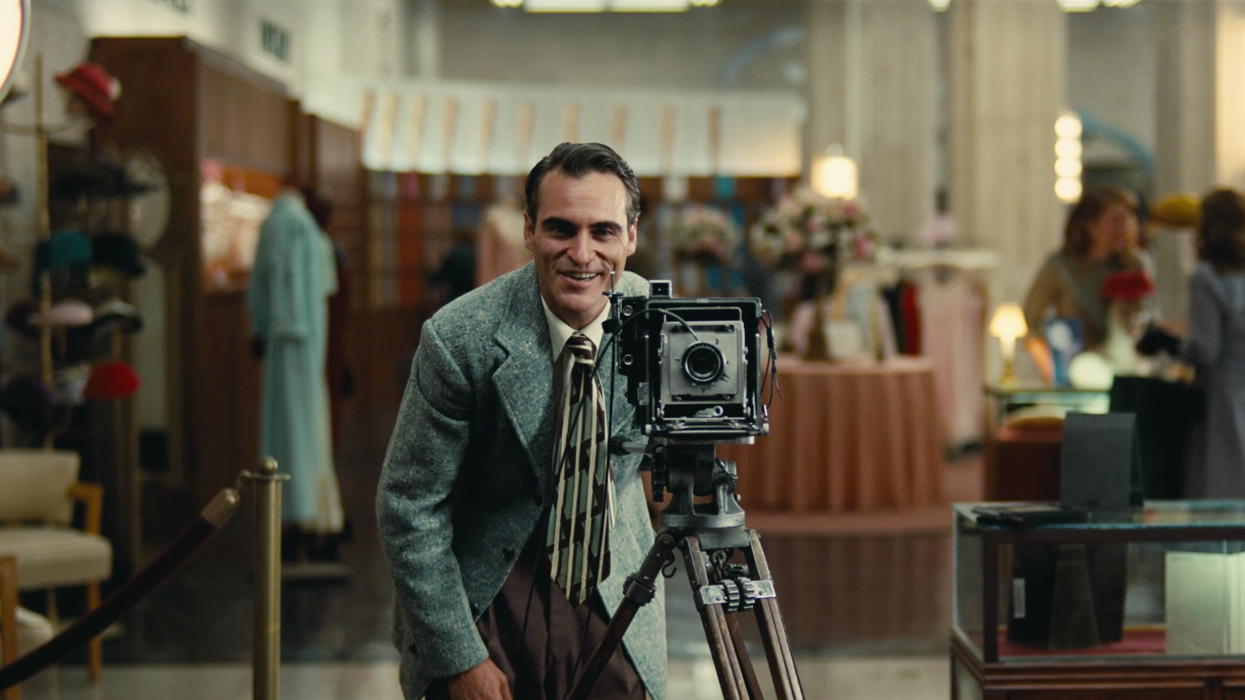4 Basic Elements of Paul Thomas Anderson's Cinematic Style
Every filmmaker has a style. Some are derivative while others are so unique their work seems to punch you in the face.

However, Paul Thomas Anderson walks the line between the two with a subtly wild sensibility -- inspired by artists he respects, fortified by his vision. This is something Lenny Boyer of the Fairview Film Club explores in his video essay, sharing four elements of P.T. Anderson's cinematic style.
So, let's take a look at PTA's approach to these four cinematic elements:
Camera Movement
Anderson is known for his affinity for kinetic camera work, namely his long tracking shots. However, he uses plenty of discombobulating camera moves, like in the opening to Boogie Nights. He frequently collaborates with DP Robert Elswit to capture these difficult, well-choreographed shots in virtually all of his films, including Magnolia, Punch-Drunk Love, There Will Be Blood, and most recently Inherent Vice. He lets the scene unfold as it would if it were a stage play, with characters coming in and out, allowing the camera to "look around" with pans and tilts, which creates a voyeuristic feel to his films.
Use of Light and Color
The way PTA uses light and color in his films is strangely subtle and garish at the same time. He'll use a rather subdued palette for most of the objects in the frame, but he'll use a bright color to bring out key elements -- think Barry's suit in Punch Drunk Love or the column of flames in There Will Be Blood.


He likes to use a lot of backlighting to create silhouettes and halos, but does so in his own unique way.

Creating Characters
Paul Thomas Anderson has a knack for writing complicated, peculiar, multidimensional characters that actors love to sink their teeth into. His ensemble casts often contain some of the most highly regarded actors in the business, like Joaquin Phoenix, Philip Seymour Hoffman, and Julianne Moore. In fact, he has directed seven actors in Oscar nominated performances, and one in which Daniel Day Lewis won an Oscar for his role in There Will Be Blood.
Soundtrack
Anderson once said that the first time he noticed music in a film was when he watched the scene in Stanley Kubrick's A Clockwork Orange where Alex sings "Singin' in the Rain" during a particularly gruesome and violent scene. It's clear that Anderson is a student of Kubrick (aren't we all?), because he tends to use similar oppositional musical juxtapositions between mood and reality.
Furthermore, Anderson has worked with composers (Jon Brion and Radiohead's Jonny Greenwood) that have written scores that perfectly capture the atmospheres he wants to create. And being thoroughly immersed in music culture himself, it's no wonder why he puts so much emphasis and importance on the music he uses in his work.
What are some of your favorite Paul Thomas Anderson cinematic trademarks? Let us know in the comments below!
Source: Lanny Boyer

 Richard Gere and Uma Thurman in 'Oh, Canada' via Kino Lorber
Richard Gere and Uma Thurman in 'Oh, Canada' via Kino Lorber  Uma Thurman in 'Oh, Canada'via Kino Lorber
Uma Thurman in 'Oh, Canada'via Kino Lorber 









